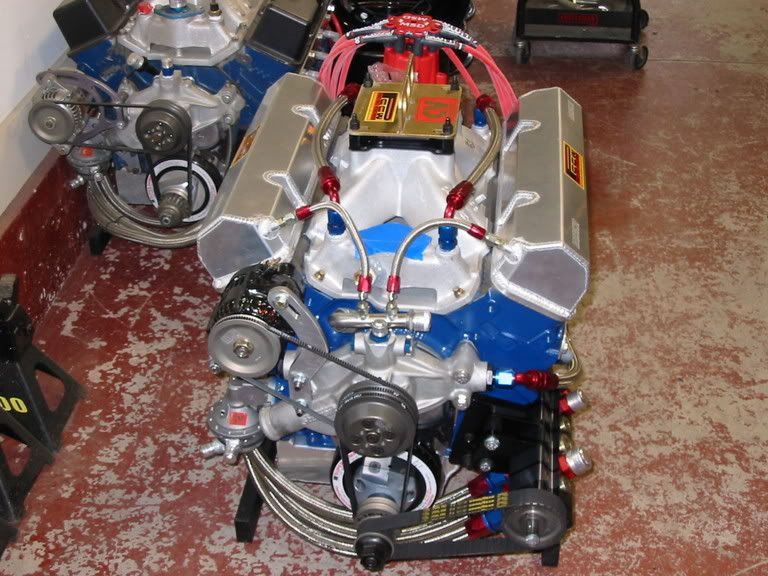blumont said:
Mike and Carl - With these fancy dancy

CNC machines, how long does it take to complete a block?
How much time is saved from the conventional method?
Curious minds need to know.
=
HI Jerry,
Common question & one I didn't & don't consider when looking at them.
In my case & I am sure Carl's as well the speed was not even a consideration, the accuracy is all I really care about but to answer your question, after the block is in the machine it will probe, bore & deck one in probably less than 30 minutes at full speed if that was your desire.
The other upside is you can also walk away & do something else while it does it's thing,,,,
Harold,
Yes, we commonly sonic check the cylinders of GM blocks to see what it looks like before boring & decide what to do from there.
Also the probing cycle will tell you if you can bring the block back to blueprint or not & a lot of the stock blocks ain't gonna make it to print,, not a big deal as we have been using the existing centerline for years to bore a hole & the engines were reasonably happy.
Trouble with these damn machines is they tell you more than you sometimes want to know

As Carl said, the aftermarket blocks at least the Dart ones, are pretty accurate.
As for the lifter bores, problem is without checking there is no way to know if they are where they belong & even if it were one out of a hundred,,,, it might be yours,,,

GOSFAST said:
Technically speaking, you'll have a much more accurate build by machining the decks last. If you do the mains and bores first you'll be able to use the components that are going to end up inside to get a "dead-on" deck height. On most "higher-end" units we build they invariably end up in the "Cylinder-King" twice. We open the bores, hone them enough to fit the pistons in, and take measurements, we don't assume the crank stroke, rod length, pin height, etc. (even though they can be checked ahead of time), to be where they're supposed to be. This entire procedure works to our customer's advantage. We put the "final" finish on the bores at or near ass'y time. We DONT bank any dimensions from the decks or the pan rails. It's all done from the cam and main area. Thanks, Gary in N.Y.
=
This is pretty much the standard answer I have gotten from shops that don't have the ability to measure parts or deck height correctly or that uses the CK10 to "bore" a block.
Go ask a cup shop how they machine a block.
No one here except you said anything about assuming anything or taking any measurements for granted.
The point about doing the deck first is related to shops that use a block mounted bar & if done correctly this can do an excellent job in the right hands.
Reread my post & read the whole thing.
A "Cylinder King is an excellent finishing tool & we all have one (better known as a CK10/CV616) but is not the tool to correct the cylinder to the main bore axis,,, it just follows whatever hole is there.
If it ain't straight from the vendor it still ain't straight after honing, just bigger







